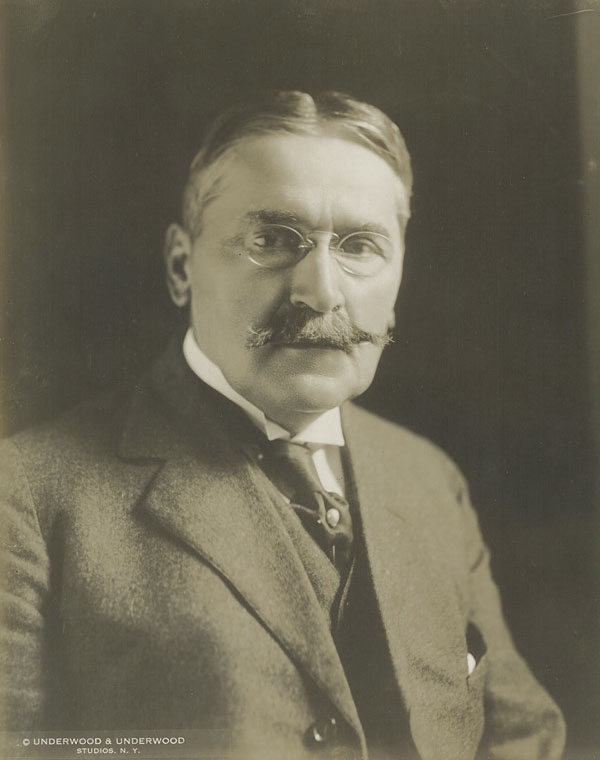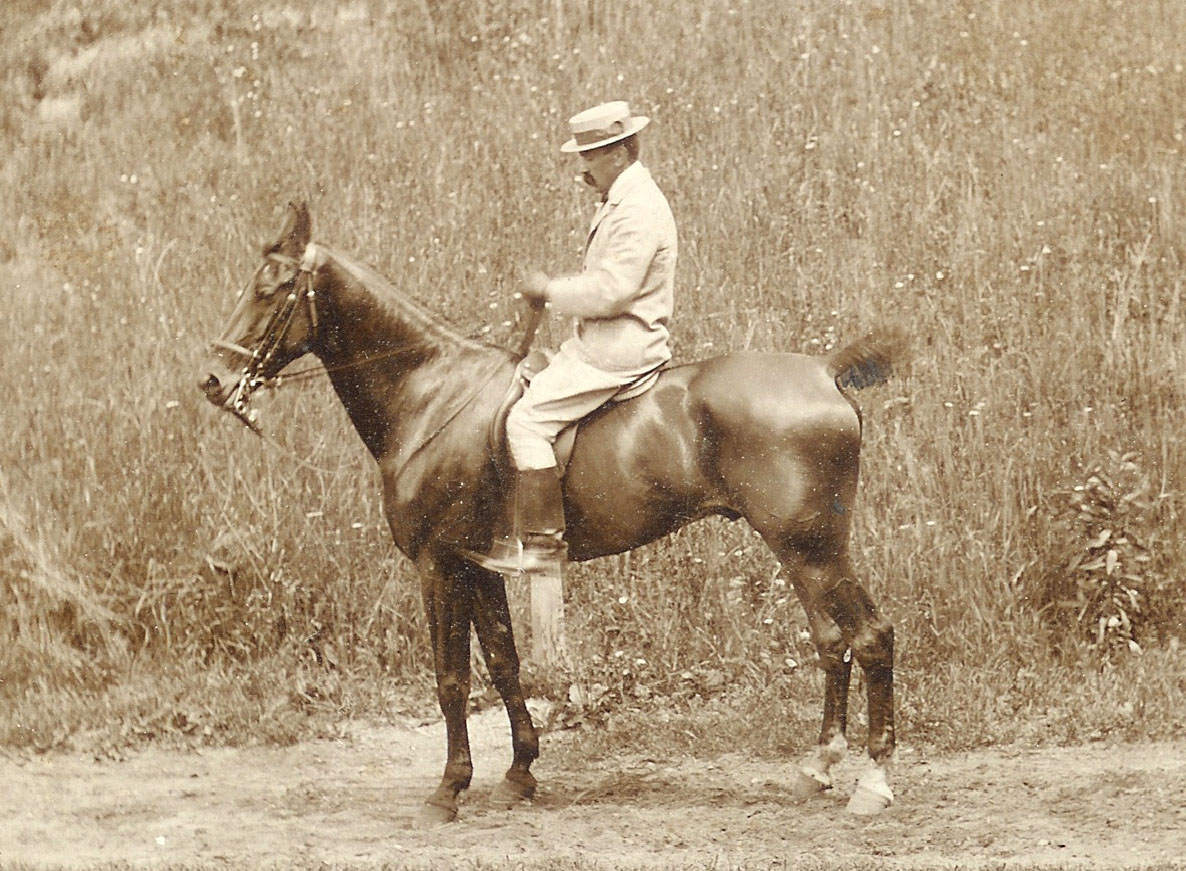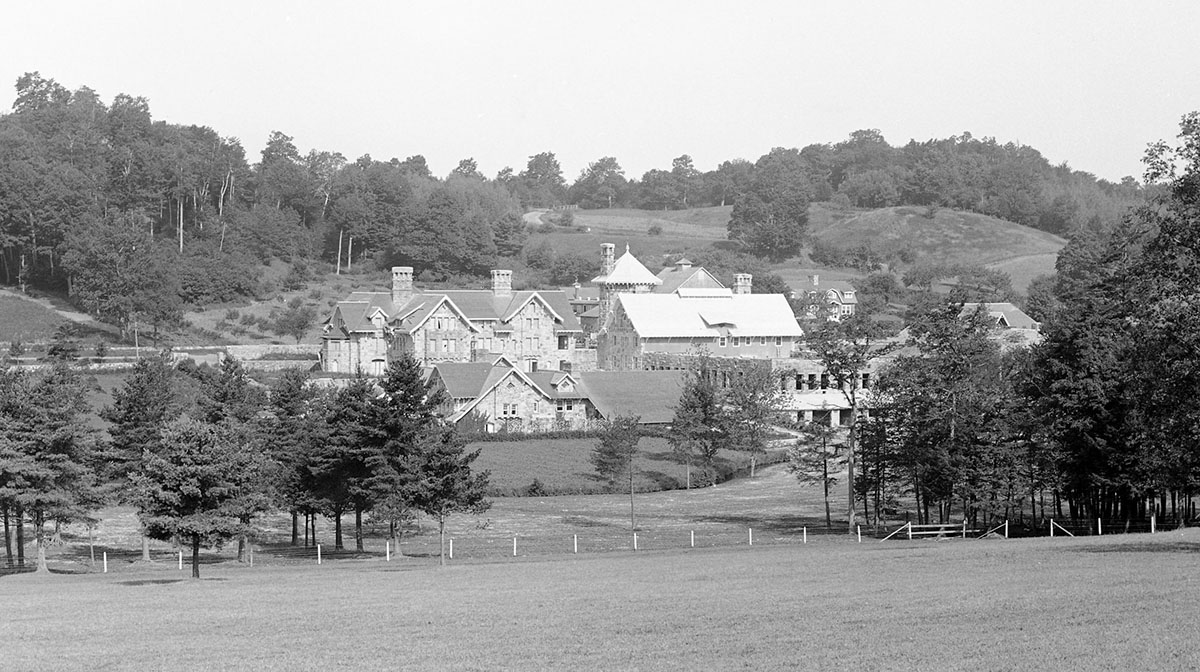
12 Aug From Immigrant to Inventor
From Immigrant to Inventor
by Ann Havemeyer
“In 1897 I bought a farm at Norfolk. This blessed spot where I regained my health and happiness became my real American home and I have never had the desire to seek a better haven of happiness in any other place either here or in Europe.”
The quotation above may remind you of the familiar opening line in Out of Africa, so memorably delivered by Meryl Streep in the motion picture adaptation of the memoir of Danish author Isak Dinesen: “I had a farm in Africa, at the foot of the Ngong hills.” But do you know whose autobiography the quotation above was taken from?

Michael Idvorsky Pupin
The author is Michael Idvorsky Pupin, and 2023 is the centennial of his autobiography From Immigrant to Inventor, published by Charles Scribner’s Sons. The book won the Pulitzer Prize in 1924 “for the best American biography teaching patriotic and unselfish services to the people, illustrated by an eminent example.” A brilliant electrical inventor and physicist, Pupin summered in Norfolk from 1897 until his death in 1935.
Born in 1858, Michael Pupin immigrated to this country from his native Serbia in 1874 at the age of sixteen. He worked on farms and in factories, learned English, and eventually earned a scholarship to study at Columbia University. From there he went on to study mathematical physics and physical chemistry at Cambridge University and the University of Berlin, receiving his doctorate in 1889. He returned to Columbia to teach in the new Department of Electrical Engineering and quickly rose through the ranks to his post as Professor of Electro-mechanics.
Studying electrical charges, he developed the Pupin coil, which, when spaced properly along telephone circuits, reinforced vibrations and made long-distance telephoning possible. In 1901 the Bell Telephone Company acquired the patent for more than one million dollars.
When x-rays were developed in 1895, Pupin discovered secondary x-radiation with which one could make short exposure x-ray photographs, revolutionizing medical treatment. He eventually obtained 34 patents for his inventions. At Columbia, the Pupin Physics Laboratory is named after him.
Pupin first came to Norfolk in 1896 on the advice of Dr. Frederic Dennis, a Columbia colleague and Norfolk summer resident, to recover from pneumonia and the untimely death of his wife. Dr. Dennis suggested that Pupin give “the bracing climate of this New England town in the Berkshire hills a chance to rebuild what overwork, nervous tension and pneumonia had undermined and torn down.”
Pupin spent that summer in a house he rented from Dr. Dennis on the Village Green. He spent most days on the porch looking out at Haystack Mountain. “This mountain is really only a hill, hardly a thousand feet higher than the road at its foot, but as I sat on the piazza and looked at the so-called observatory, I wondered if I should ever be strong enough to climb to its top.”
Dr. Dennis recognized that Pupin needed a diversion and gave him two chestnut cobs, a product of his stud farm, to train. Pupin was raised among horses in Banat, Serbia. As he wrote, “My native Banat is like Kentucky. Everybody raises horses, and everybody knows by intuition how to handle a horse.” Pupin trained his cobs, Comet and Princess Rose, for 18 months, and they won prizes at the New York Horse Show in Madison Square Garden in 1897 and again at the Philadelphia Horse Show in the spring of 1898. As Pupin wrote, “they won many prizes but none of them was as welcome as the prize of my restored health.”

Michael Pupin on a chestnut cob
In 1897 Pupin bought property on Westside Road and built a summer residence, which he called The Knolls. Set on a hillside, the house was approached by a winding drive, which soon became the talk of the town and was featured on many souvenir postcards as The Serpentine Road. The Chimes magazine, a summer weekly, reported: “The house half hidden by a noble growth of trees stands on a slight eminence and is reached by a finely constructed drive which is unexcelled in Litchfield County and winds in graceful curves from the West Road to the tasteful grounds surrounding Professor Pupin’s home.”
The Serpentine Road was likely macadamized, a surface which Pupin was eager to promote for Norfolk’s dirt roads, often impassable in the mud season. He thought that this amenity would entice future residents to come to Norfolk and improve its prosperity. In his autobiography, Pupin recounts what happened when he ventured to suggest this idea at a town meeting:
“No sooner had I finished my speech than a Mr. Nettleton, the oldest voter in the township, got up and addressed me somewhat as follows: ‘Our roads are just as good as they ever were; our ancestors taught us how to take care of them, and they are good enough for us.’ After this speech, I suspended my propaganda for more up-to-date roads.”
Two years later, old Mr. Nettleton had warmed to Pupin, who was by then a familiar figure in Norfolk. As Pupin was on his horse passing Nettleton’s place, the old man came out and beckoned him to stop, saying: “Professor, I was very severe with you two years ago at that town meeting. But I did not know you. Now I do. I know now that you are a good man, just as good as any of the folks in this here New England town. Shake, forgive and forget and let us be good friends.”
While the Knolls is no longer standing, Pupin’s second home, Hemlock Farm, sits majestically on property between Westside Road and Litchfield Road. Built by Italian stone masons, the residence on Westside evokes the stone tower houses or kullas of Serbia. The combined use of rubble stones, collected on the property, with cut granite is indeed striking.
The house was designed by architect Henry Hornbostel, a colleague of Pupin’s at Columbia. An architectural consultant for the construction of bridges in New York, Hornbostel worked on both the Williamsburg and Queensboro bridges, embellishing graceless, strictly functional designs. When he arrived in Norfolk in 1905, he had just won the architectural competition for the design of a new campus for the Carnegie Technical Schools, soon to be renamed the Carnegie Institute of Technology (now Carnegie Mellon), in Pittsburgh. He would go on to design other campuses including Emory University, the University of California at Berkeley, and Northwestern University.
Pupin summered in Norfolk for the remainder of his life, immersing himself in town affairs and town government. No doubt he spent a fair amount of time in the Norfolk Library. Among the historic photographs in the library collection is a portrait of Pupin, taken in the New York studio of Underwood & Underwood and inscribed:
“A souvenir to the charming Norfolk Library in grateful recognition of the splendid work of its founders. — Michael Pupin, Norfolk, July 25, 1924”
In 1958, Hemlock Farm was bought by the Hutterian Society of Brothers and, over a period of 40 years, transformed with the addition of multi-family residences, community buildings, and facilities for the production of Community Playthings. It is now home to the Connecticut-Asian Cultural Center.

Hemlock Farm (Frank DeMars photograph, ca. 1915)

Hemlock Farm (Frank DeMars photograph, ca. 1915)




Sorry, the comment form is closed at this time.